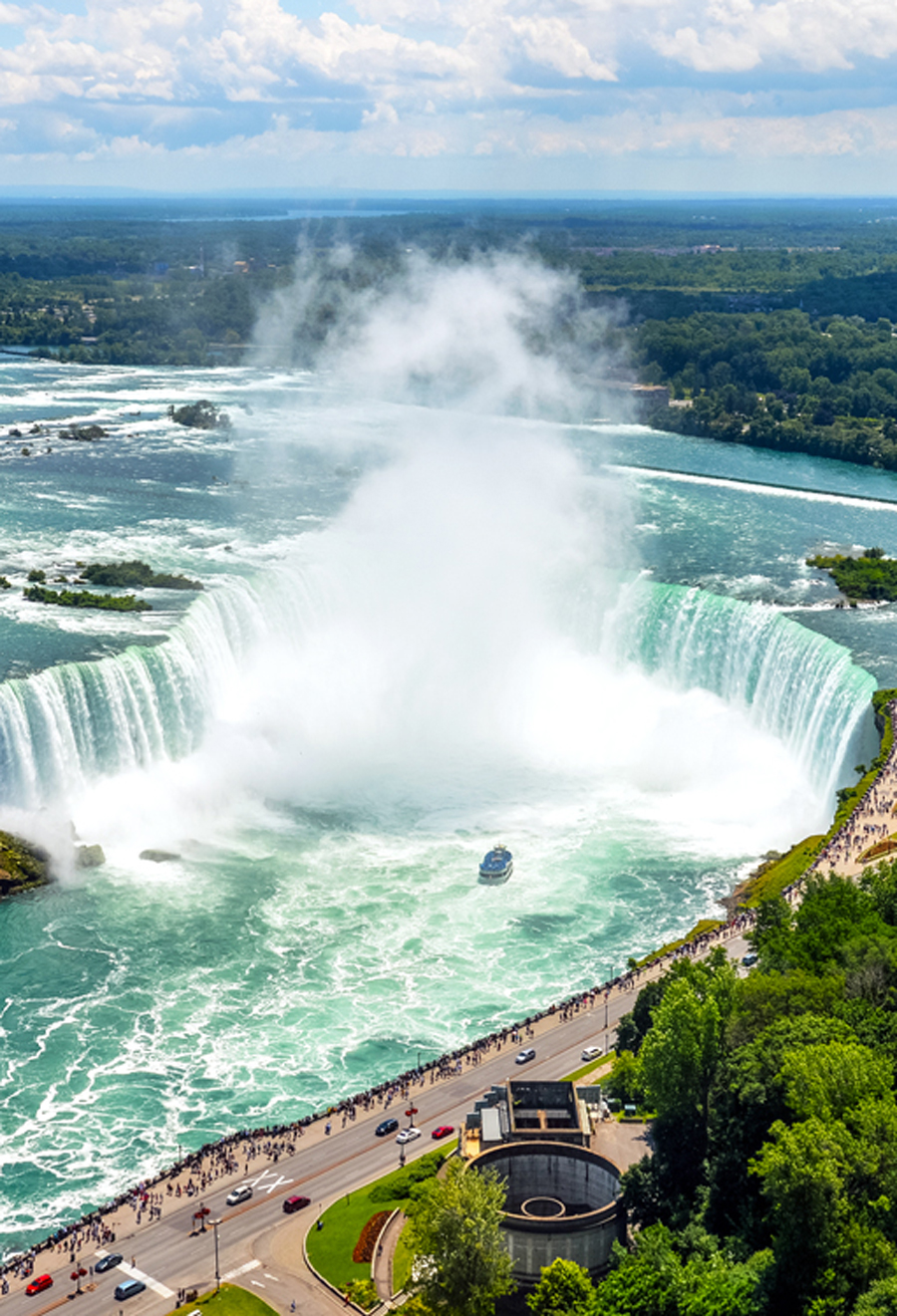What a difference a century can make. Over the course of 100 years, a number of U.S. destinations have undergone major metamorphoses. Development, infrastructure, and clever engineering have helped to transform these desert outposts, swampy islands, and dense forests into glitzy cities, sleek beaches, and streamlined parks. See how six popular U.S. tourist destinations have dramatically changed over the last 100 years.
Miami Beach – Florida

A century ago, Miami Beach was little more than a sandbar in the Atlantic Ocean. Formerly the site of a coconut plantation, the swampy spit of land was a hospitable environment for mangrove trees, alligators, and mosquitoes, and not much else. It wasn’t until developer Carl Fisher got involved — helping to fund a bridge that connected the sandbar to the mainland and pumping out muck from the bay — that terra firma appeared. And thus, Miami Beach was chartered on March 26, 1915.
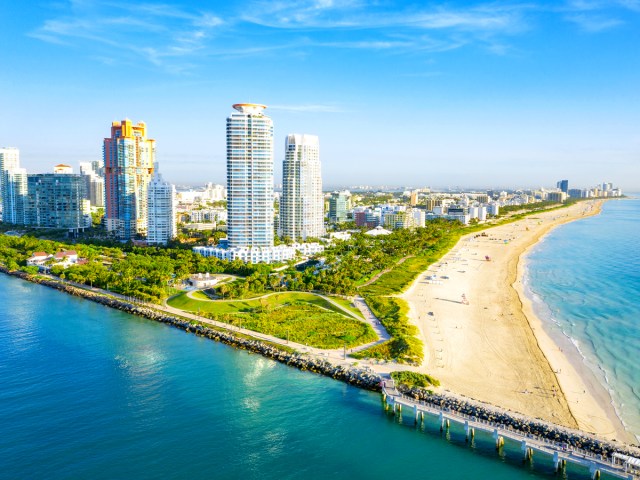
A self-made millionaire, Fisher was also involved in the development of the luxury hotels and high-end estates that began to dominate the barrier island’s coastline. Over the next 100 years, this type of development defined Miami Beach as tourists flocked to its artificial sandy shores. With time, Miami Beach became a trendy hot spot for tourists, beachgoers, nightclubbers, and art lovers — a far cry from its humble beginnings.
National Mall – Washington, D.C.
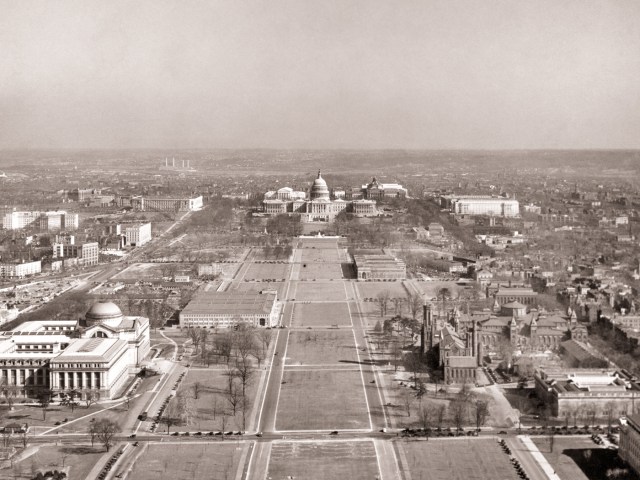
Using the word “mall” to describe a park might seem counterintuitive, but the term was coined to describe a green space where the 18th-century lawn game pall-mall was played. Before long, “mall” became a descriptor for a tree-lined park, and it was with this in mind that the National Mall was included in the 1791 design of Washington, D.C. Although the park was delayed more than 100 years, the McMillan Plan breathed new life into the idea in the 20th century.
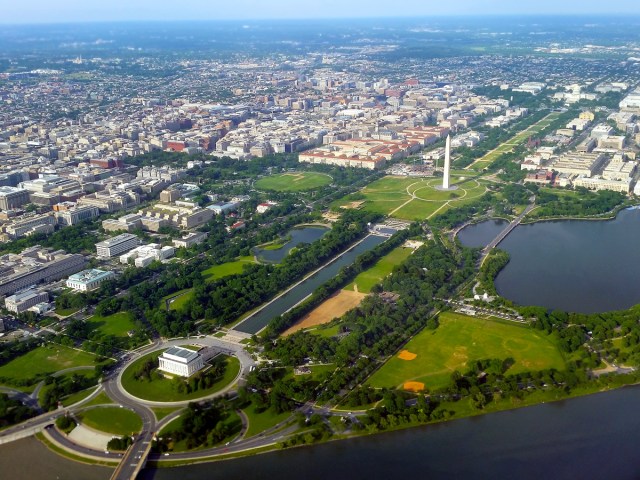
At the turn of the century, the National Mall was little more than a collection of unplanned forested parks, a set of old train tracks, and “tempos,” a nickname for temporary concrete structures built during World War I. Introduced in 1901, the McMillan Plan proposed a more streamlined landscape, unifying the open space between the Capitol, the Lincoln Memorial, the White House, and the Jefferson Memorial, and allowing for the Washington Monument to stand centrally among these locations. Today, several additional museums and institutions face the park, without impeding the symmetry or natural beauty of the iconic tree-lined space.
Niagara Falls – New York
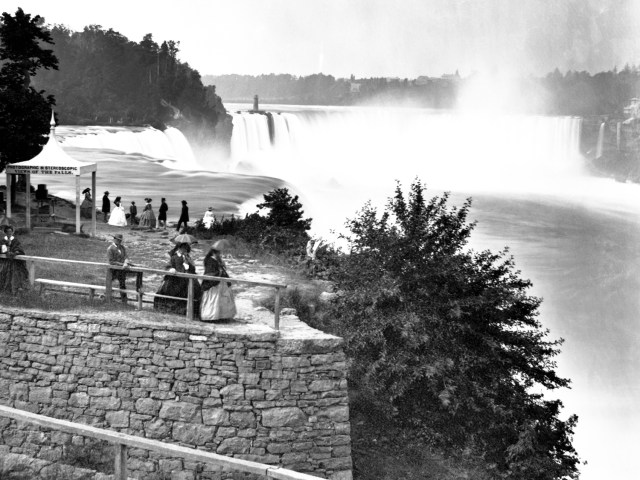
In the course of its 12,000-year lifespan, 100 years is a drop in the bucket for Niagara Falls. But in the past century, the famous falls have seen their fair share of change. In 1950, Canadian and U.S. officials diverted the flow of Niagara Falls by redirecting half of the water to fuel hydroelectric turbines. At certain times of the day, the falls’ current was cut another 50%, which means the Niagara Falls of 100 years ago were vastly more powerful than what we see today.
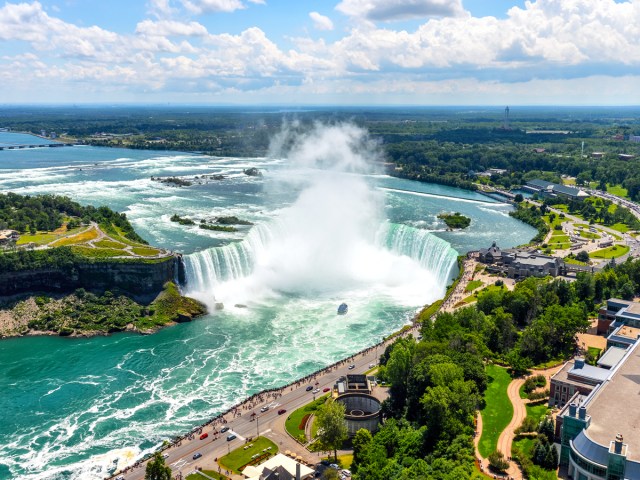
In order to study the region’s geology, engineers also allowed for the falls to run dry over the course of a five-month period in 1969. Around this time, they excavated the landscape and modified Horseshoe Falls to improve it aesthetically and create a crest over the falls. Other human-made endeavors, such as the addition of the Rainbow Bridge in 1941 and the addition of the Table Rock Visitor Center in 1926, have vastly changed the original appearance of this natural wonder over the past century.
Venice Beach – California
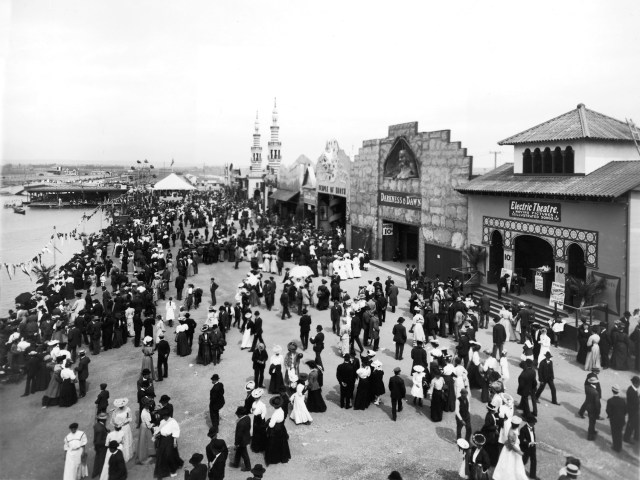
At the turn of the 20th century, Venice Beach was unrecognizable from the place we know today. Now a lively beach town and boardwalk, Venice back then was no more than a simple fishing village, home to about 2,000 people who lived and worked by the sea. In 1905, a developer named Abbot Kinney saw potential in the quiet town and implemented a grand plan to transform it into a profitable resort.
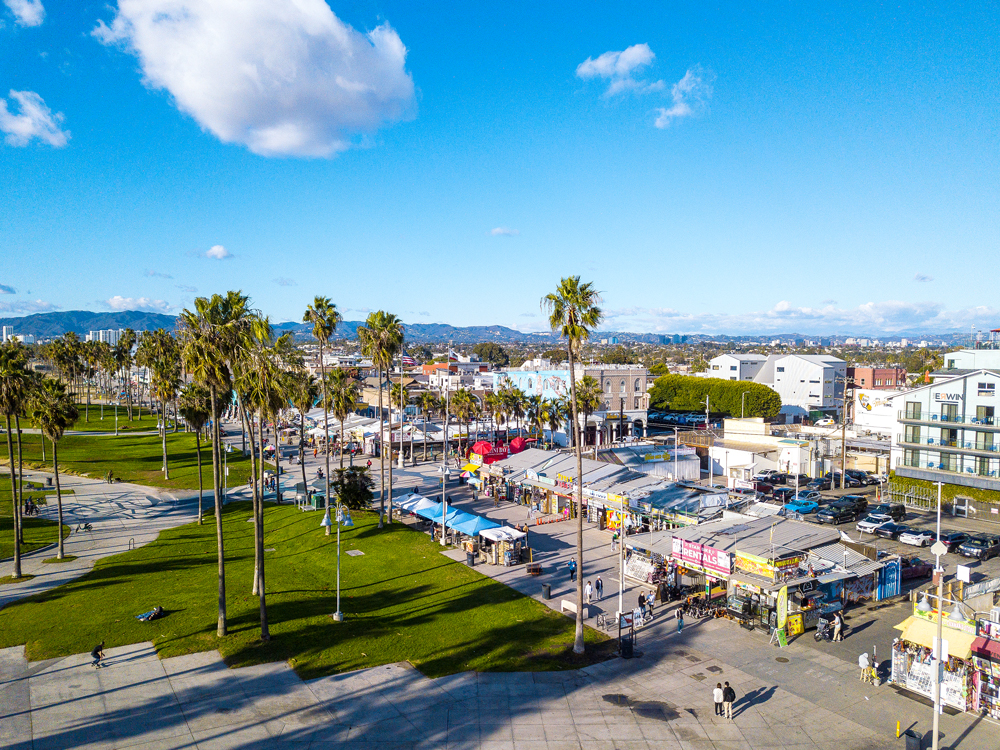
Inspired by Venice, Italy, Kinney built a network of narrow canals to connect various establishments, including a hotel, a restaurant, and a bathing pavilion. Gondolas were employed to ferry guests along the water, and romantic footbridges and piazzas were built to add to the resort’s European vibe. As the town prospered and grew, many of the canals were later filled with cement in order to accommodate the newfangled automobiles of the era.
By the 1920s, Venice Beach had become a major tourist destination, especially beloved by Hollywood celebrities, wealthy entrepreneurs, and flappers, who were drawn to the town’s open-minded attitude. In this vein, the spirit of Venice Beach has changed little, as it remains an inclusive, vibrant, and carefree destination in Southern California.
Yellowstone National Park – Wyoming and Montana
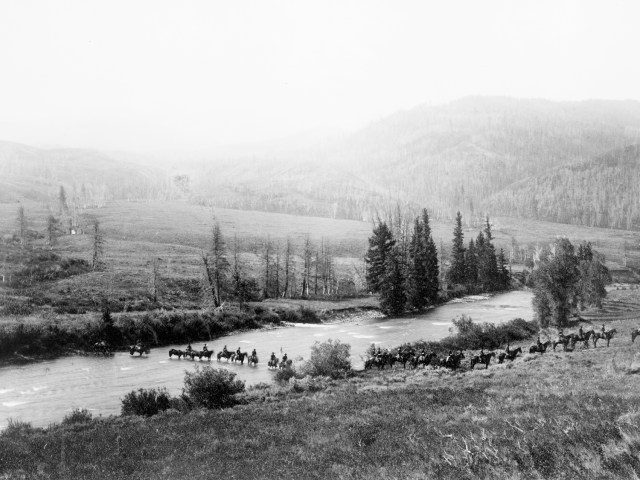
If you were to time travel to Yellowstone National Park 100 years ago, you might be surprised at how much it’s changed. For starters, the first national park was astonishingly affordable. For a grand total of around $50, you could book a five-day package, including meals, lodging, and stagecoach tours. You’d also find the park’s flora and fauna to be vastly different, partially due to the reintroduction of wolves in the 1990s and the devastating wildfires of the 1980s, which impacted a total of 500,000 acres.

What you wouldn’t find throughout the park would be smooth roads. Although the park has over 300 miles of paved roads today, modern roads did not yet exist a century ago. This meant traveling by car was a bumpy, adventurous, and somewhat dangerous experience that required traversing muddy historic roads and crossing rickety wooden bridges. Back then, the railway was the primary mode of transportation, with five different train stations located throughout the park. As the popularity of automobiles increased over the decades, the park depended less on trains, and the tracks were eventually removed in the 1980s.
Fremont Street – Las Vegas, Nevada
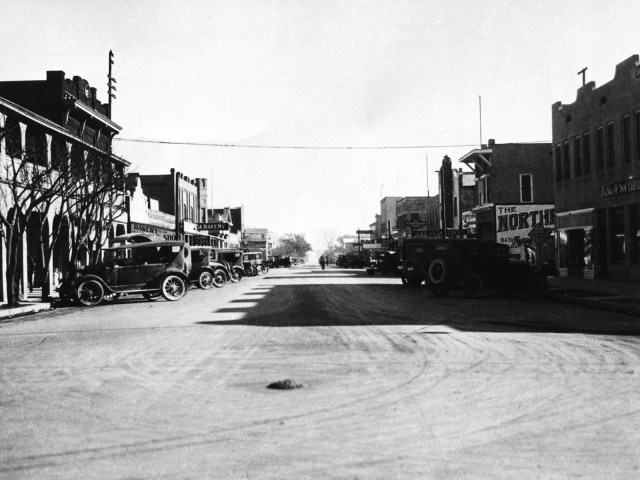
These days, Las Vegas is wild because of its nightlife, but 100 years ago, it was better known as the Wild West. Fremont Street — the six-block pedestrian-only avenue in downtown Las Vegas — was an entirely different landscape at the turn of the century. Back then, the area was a remote desert outpost with unpaved streets, horses hitched to wagons, and frontier-style architecture.
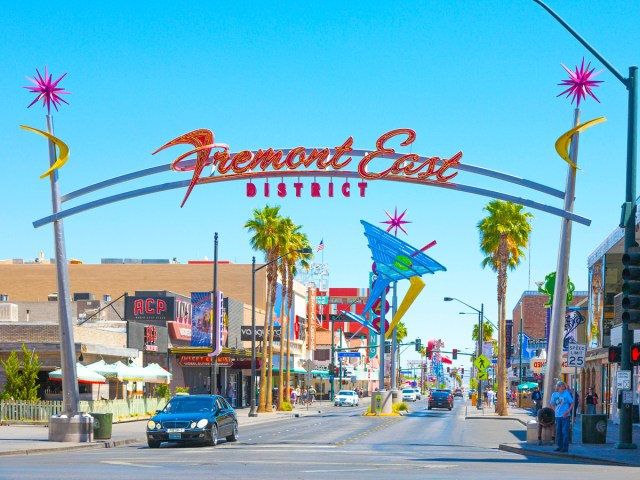
By 1925, Fremont Street was transformed into a leafy oasis, with a grove of trees planted on the corner of Fifth Street to shade pedestrians from the intense desert heat. Eventually, the trees were removed and the Neonopolis complex was erected, complete with concrete towers, bright city lights, and a zip line. Across from the Fremont Street Experience, the Plaza Hotel, a Las Vegas institution by today’s standards, was built on the site of the town’s original railroad depot. But for those in search of authentic Las Vegas history, the railways’ original tracks are still located behind the famed hotel.
More from our network
Daily Passport is part of Inbox Studio, which publishes content that uplifts, informs, and inspires.






